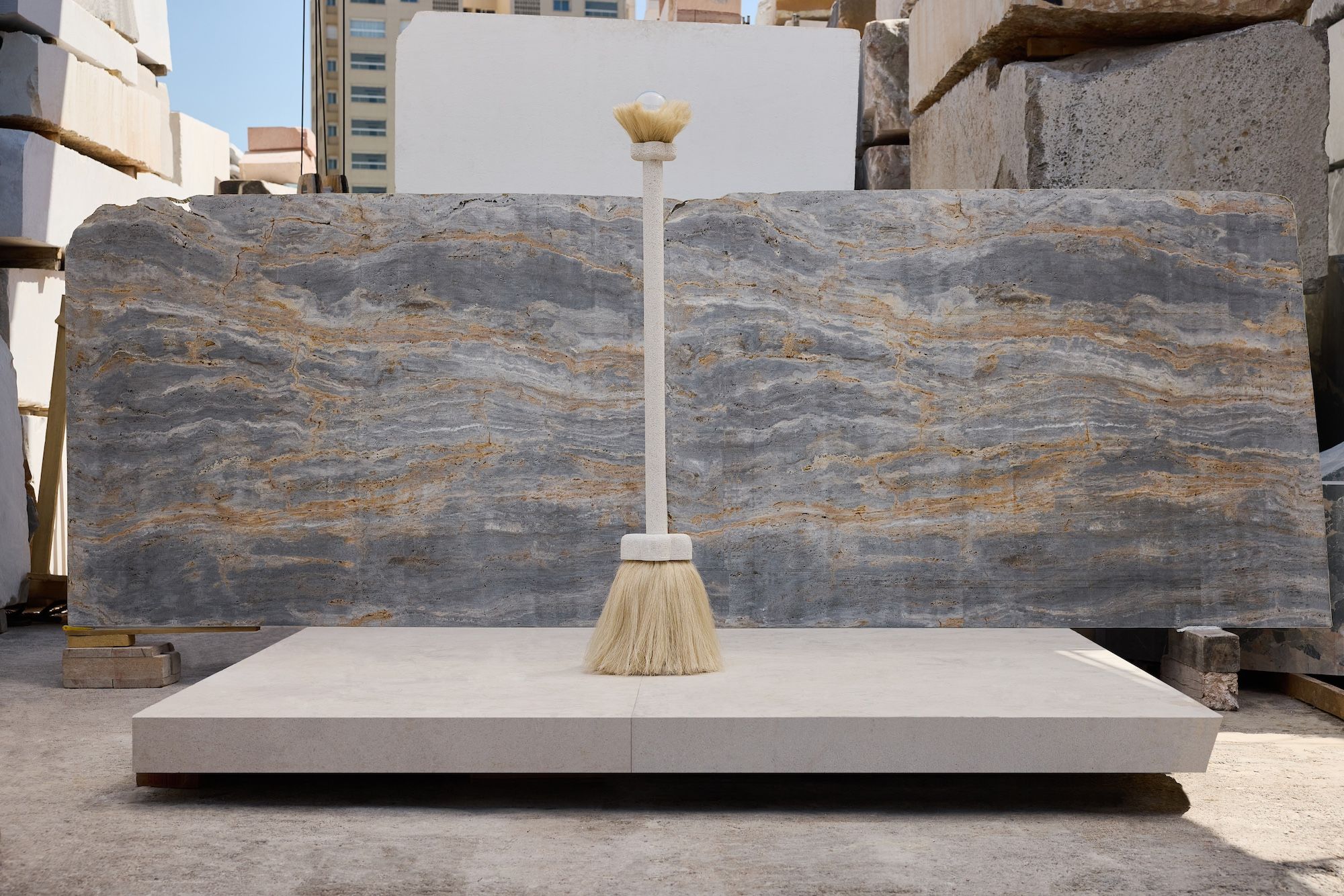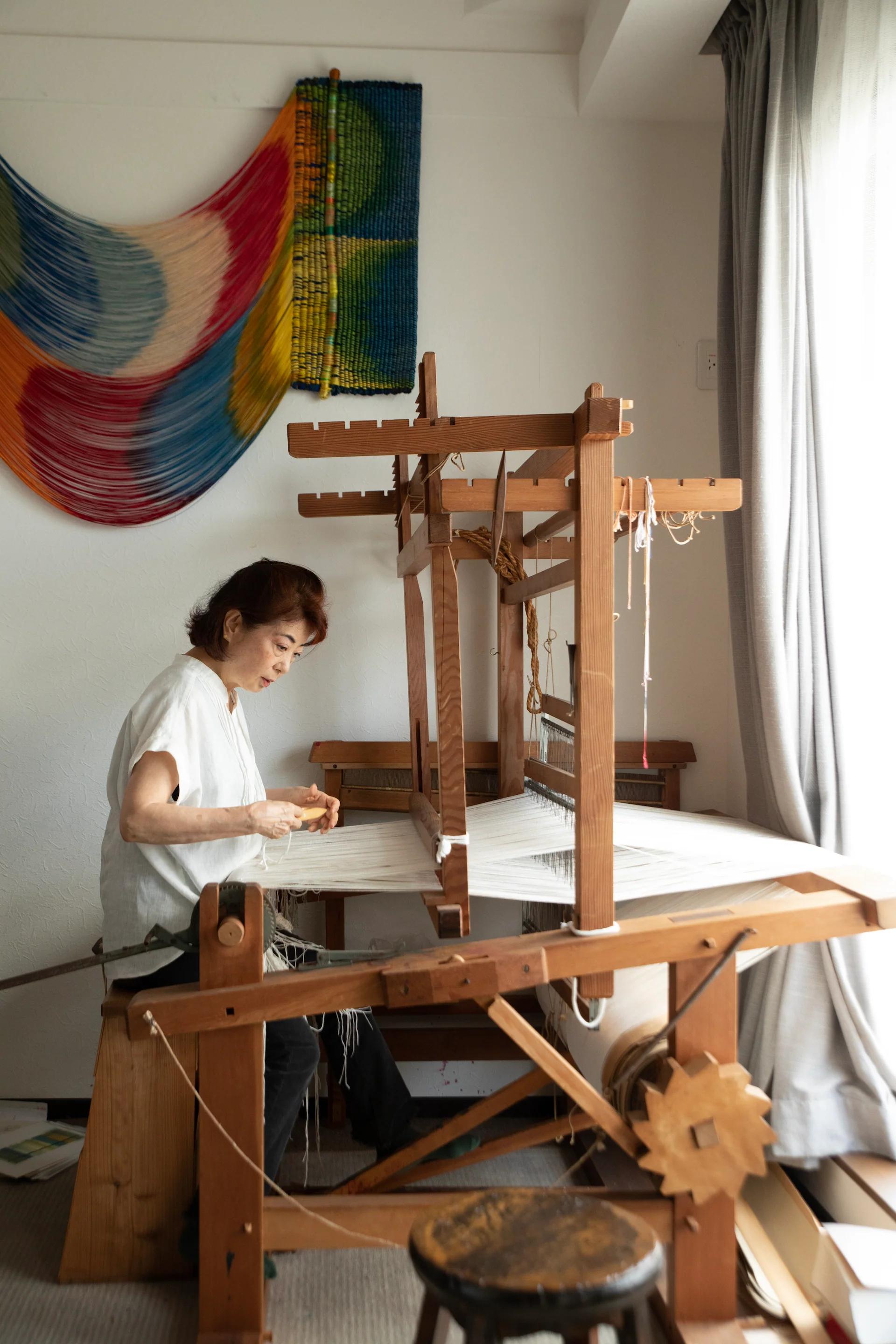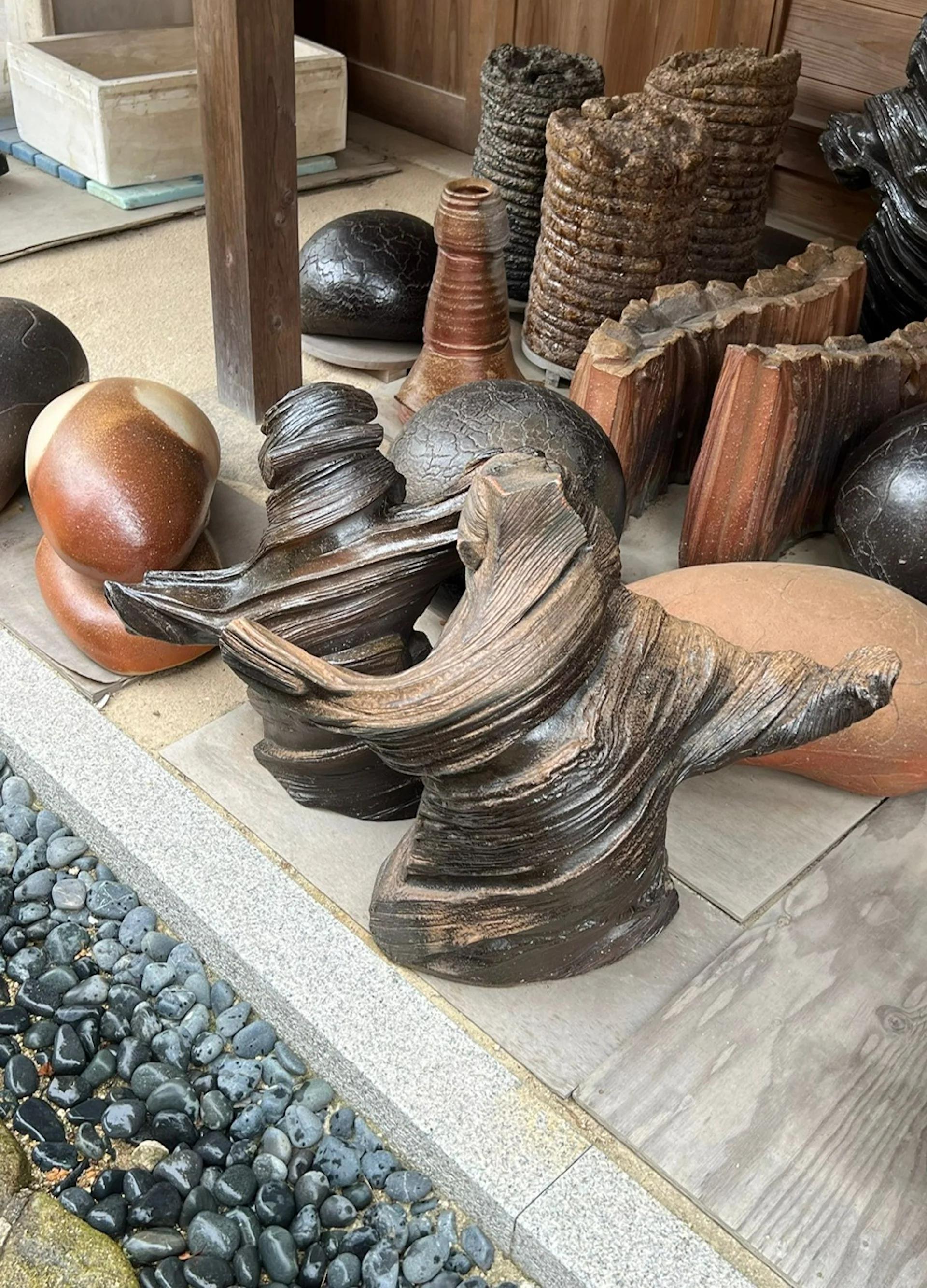HOW TO MAKE IT FEBRUARY 13 2024
by Design Miami
Jean and Oliver Pelle talk with us about designing holistically, beyond mere style

The dreamscape lighting of Jean and Oliver Pelle has graced a number of alluring, high profile settings over the past year. Working mainly on commission from their eponymous design and fabrication studio in Brooklyn, this husband-and-wife duo has attracted the admiration of a growing roster of trendsetting interior designers, including Kelly Wearstler, Chris Shao, and nARCHITECTS, to name just a few.
Thanks to Reza Nouranian Design, for example, PELLE’s biomorphic Lure collection occupies a prominent place in AMSALE’s newly opened, elegantly serene flagship in Soho. Meanwhile, PELLE’s more industrial side is reflected in the Stem Shade Rig that hangs in the kitchen of actress Amanda Seyfried’s vintage Upper West Side pied-à-terre, recently designed by General Assembly and featured in Architectural Digest. With such impressive clientele, it’s no wonder that PELLE turned up in Wallpaper’s 2023 USA 300 list dedicated to “celebrating the people defining America’s creative landscape.”
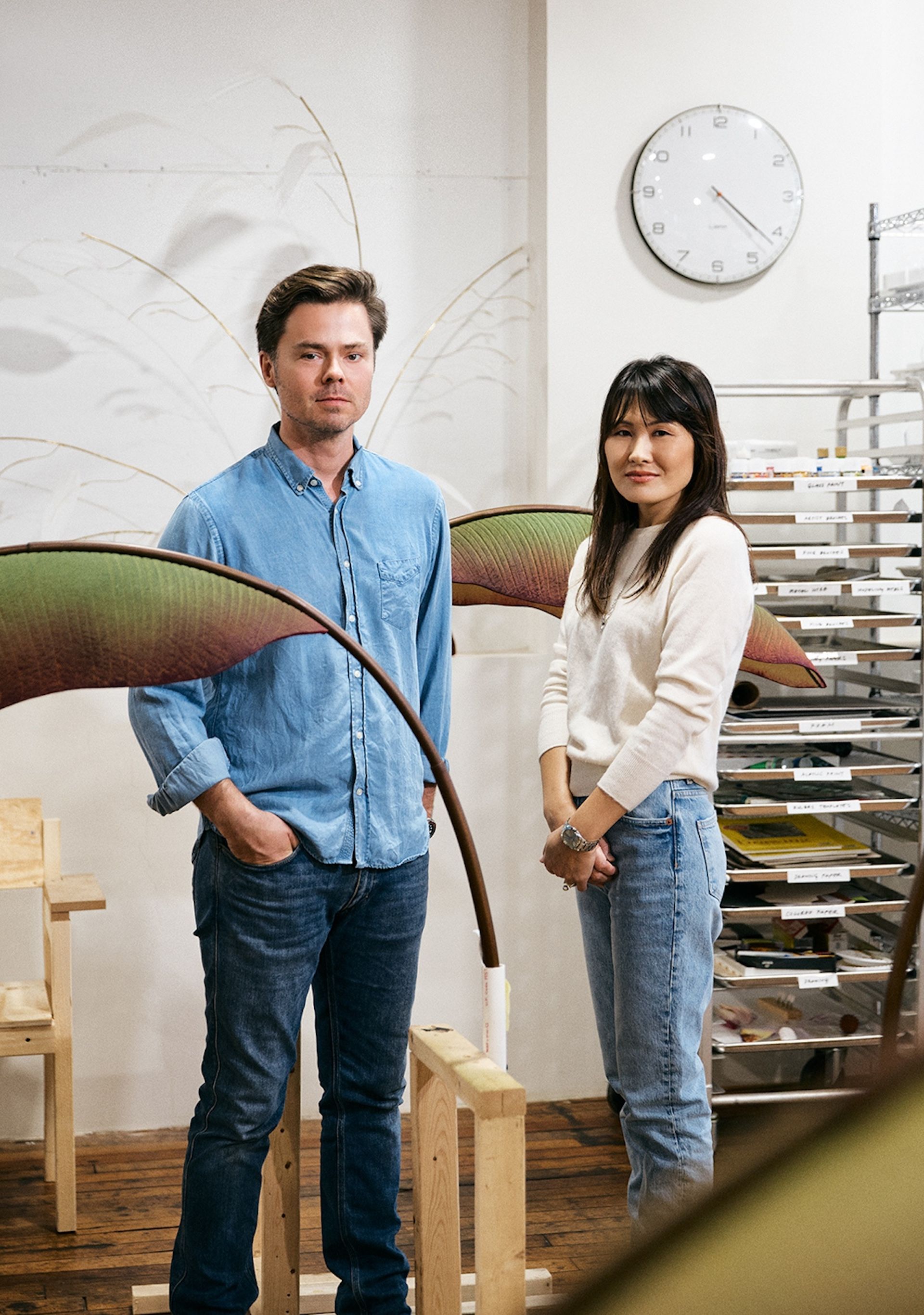
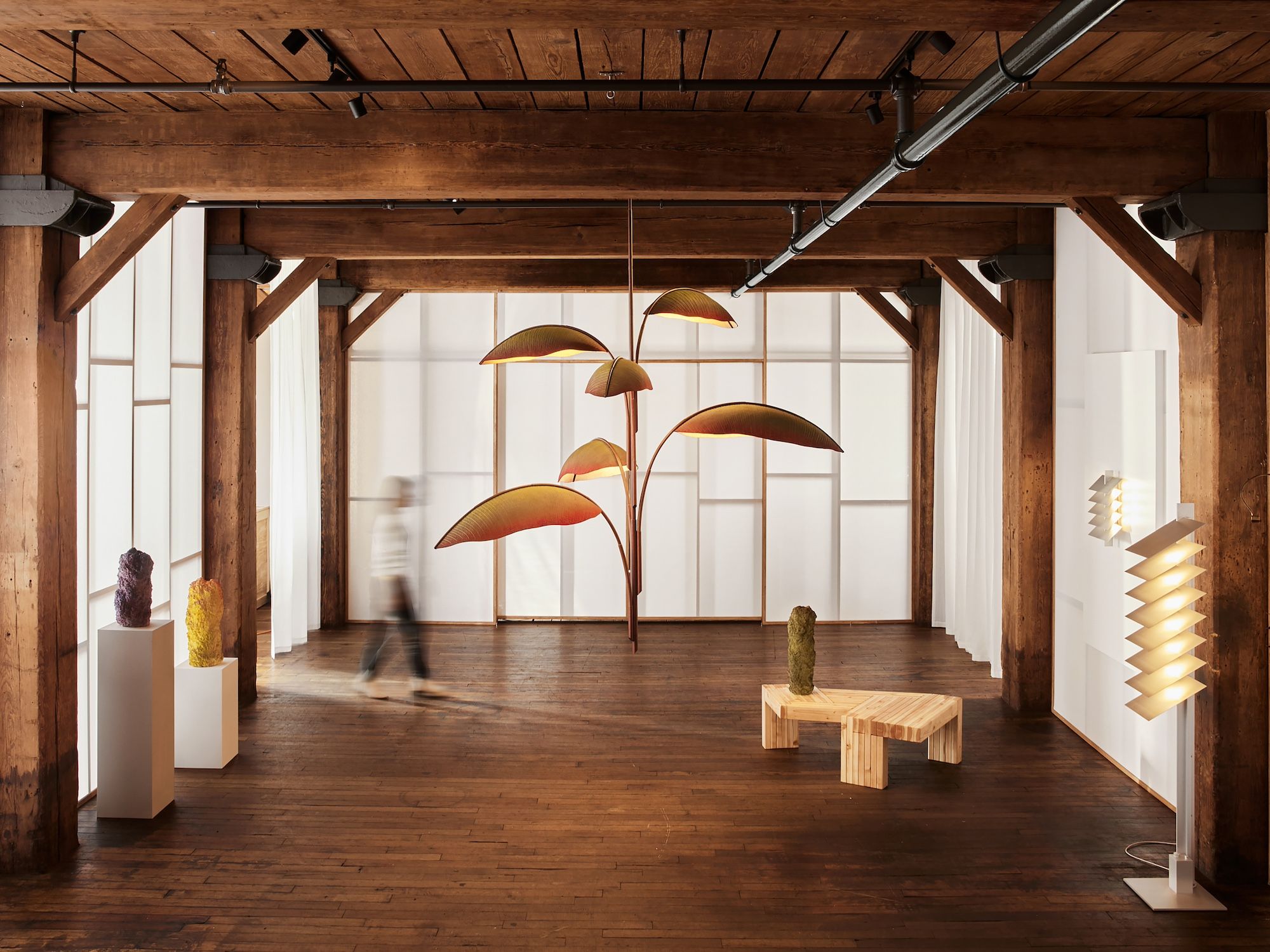
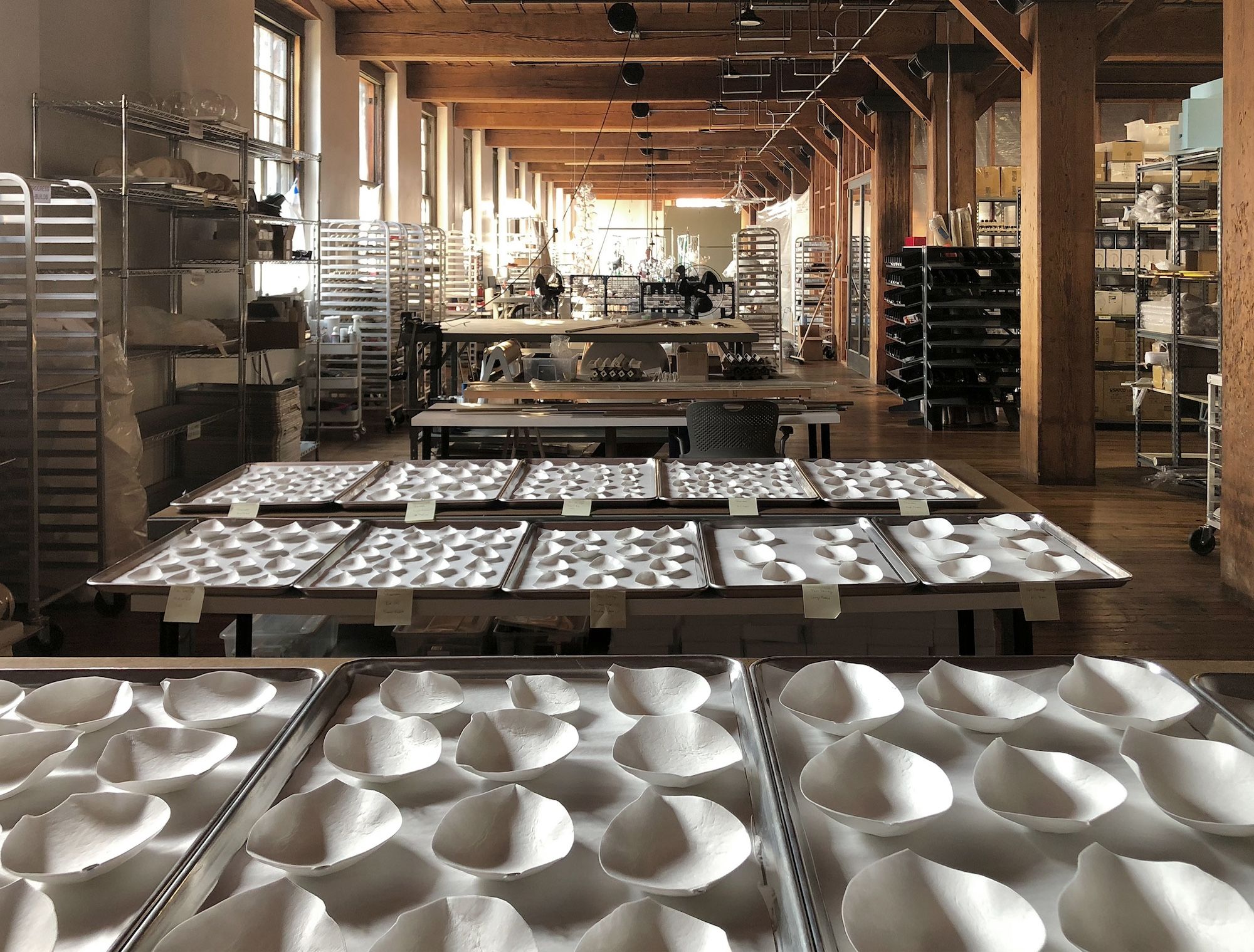
PELLE/ OLIVER AND JEAN PELLE INSIDE THEIR BROOKLYN ATELIER, ALONGSIDE THEIR SHOWROOM AND PRODUCTION STUDIO
Photos © PELLE
This year looks to be as busy as the last for PELLE. We caught up with the studio’s principals as they prepare for two big projects forthcoming in May: NYCxDESIGN 2024 and Biophilia: Nature Reimagined at the Denver Art Museum.
Jean and Oliver took time out with us to reflect on their holistic practice and to share the inspiration behind their latest lighting collections—including those that you might have seen in the Design Miami/ Collectors Lounge in December.
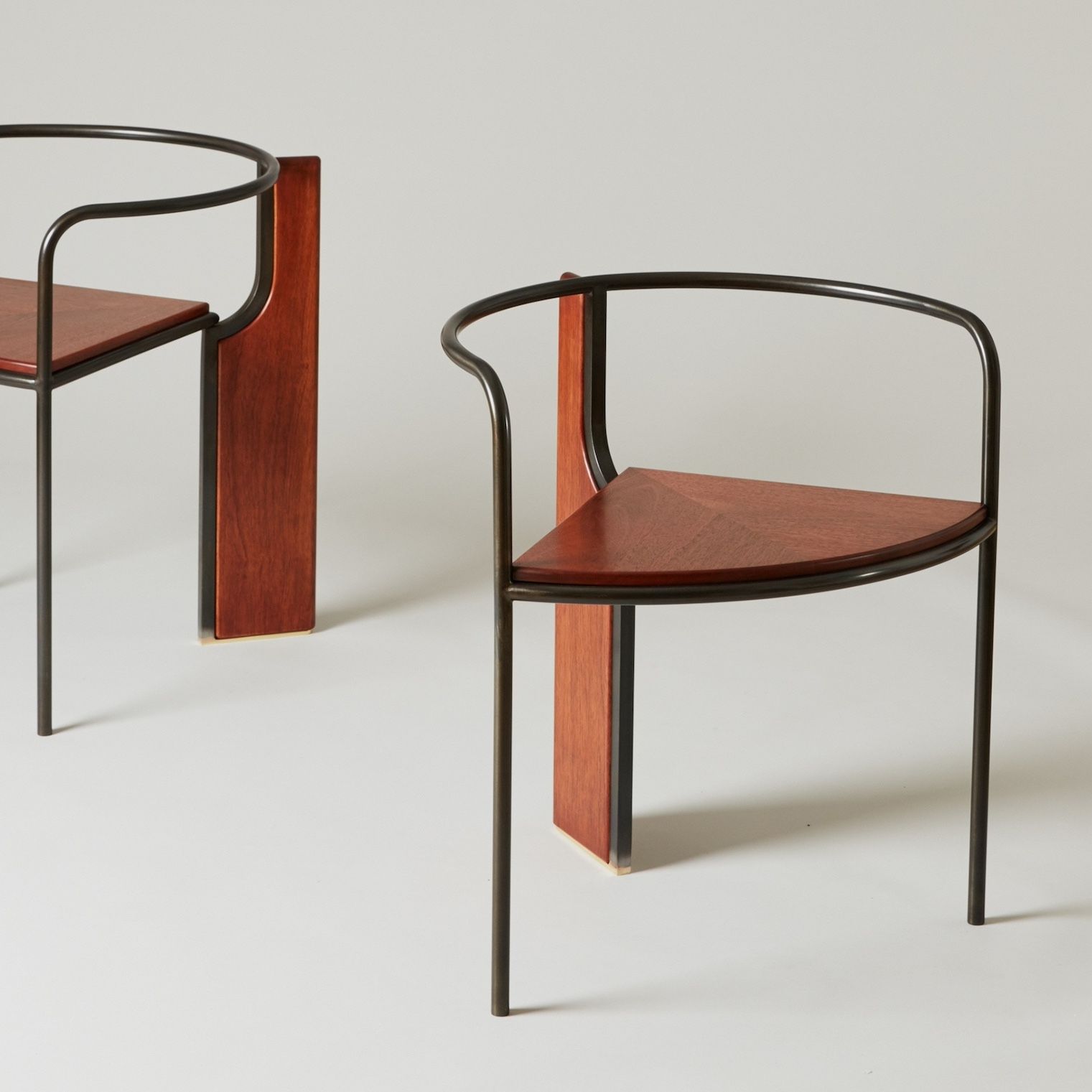
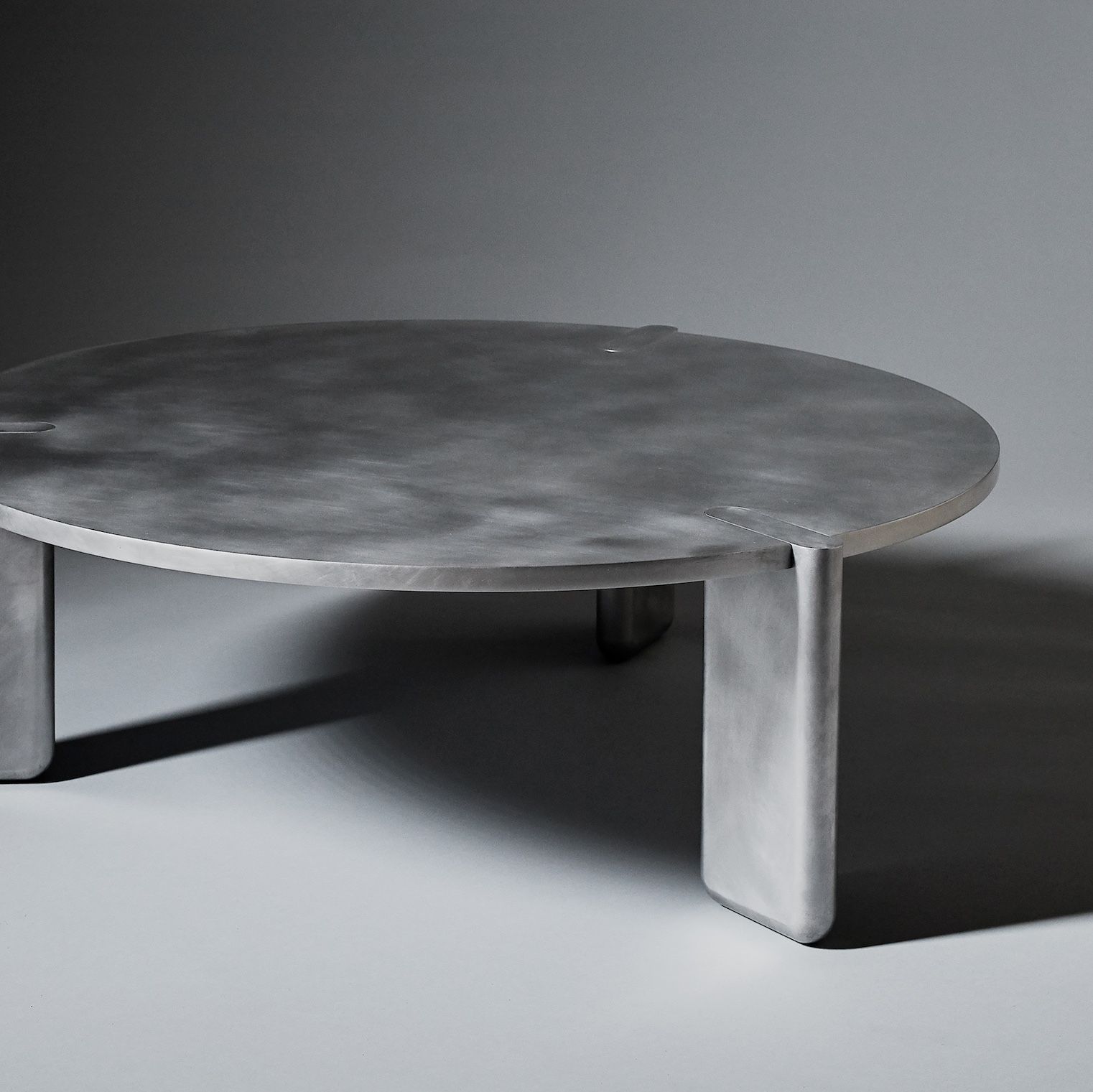

PELLE/ FIN CHAIRS (2017), DVN TABLE (2019), AND 24K GILDED X-TALL BUBBLE CHANDELIER (2011)
Photos © PELLE
Design Miami/What is your collaborative process like? Which facets do you tackle in tandem, and which do you divide?
Oliver Pelle/We have been married for 17 years, have two kids, and have been running our studio together for about 13 years. Our lives are so interwoven—we collaborate every hour of every day!
When we first started, we thought it was important to have a common language, a recognizable identity. Over the years, we have learned that this approach is neither important nor productive for us. It does not serve our different personalities, which, in the end, shape the essential DNA of our studio. So we allow our separate, individual interests to inform our shared work.
It’s fair to say that the more representational work and ideas stem from Jean’s imagination, while the more abstract, geometrical work comes from myself. That’s an oversimplification, though, because we each play a significant role in every piece that we create. We continuously consult one another throughout each process, from designing to making. Both of us draw and sketch, coordinate and consult, resolve and question.

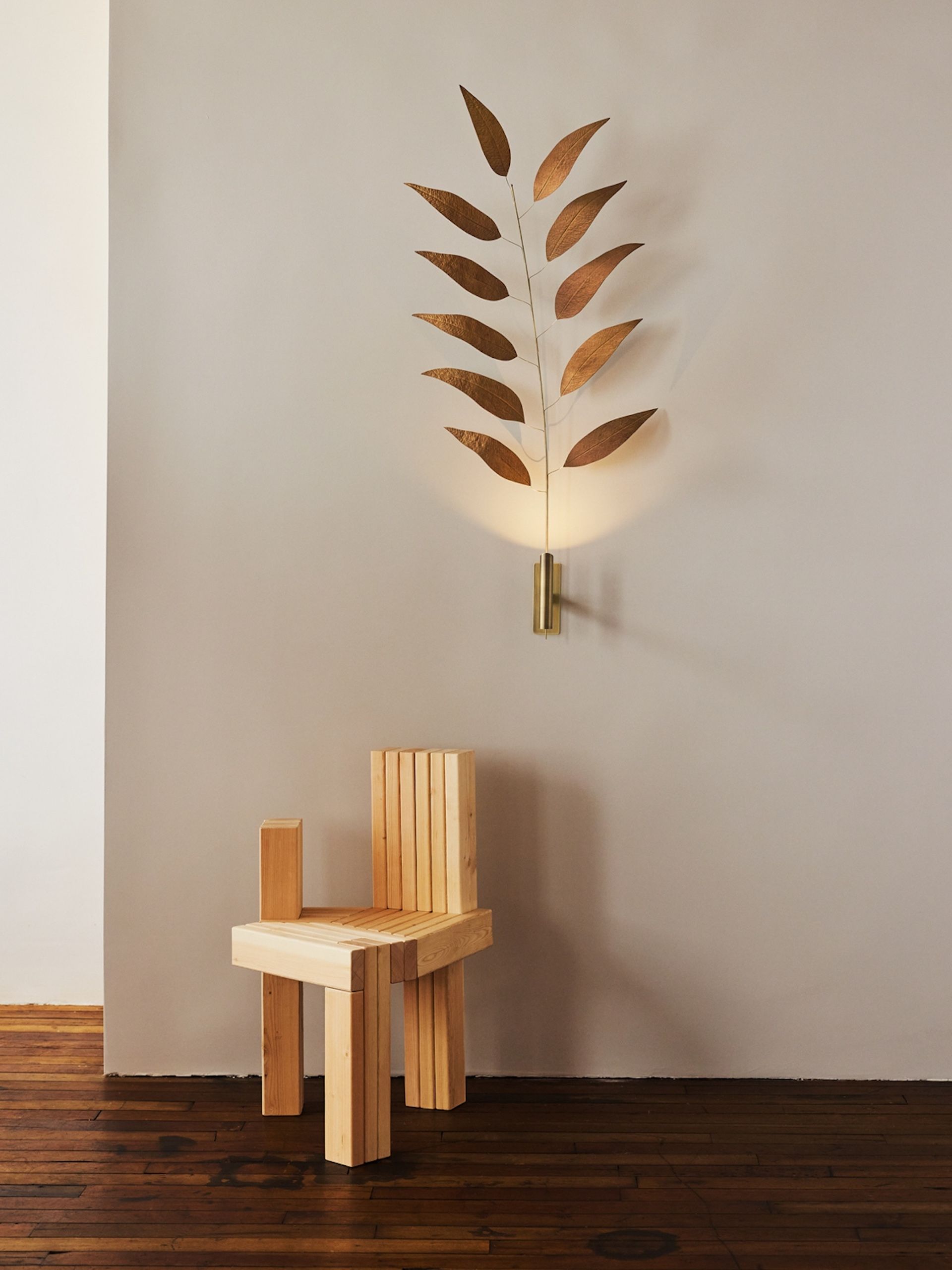
PELLE/ TRIPP STACK (LEFT) AND LURE RADIATA SPRIG AND 1X2X3 CHAIR (RIGHT), ALL DESIGNED IN 2023
Photos © PELLE
DM/How do you choose the materials you work with? Is there an inherent quality you’re attracted to? An effect you want to achieve? What aspects of the choices are practical versus expressive?
OP/In general, materials are not the first thing we consider. We try to be opportunistic and match ideas to specific materials and techniques. As a designer, you always work in between the areas of what you want or can make yourself with your own team versus what a specific trades person or specialist has to make for you or with you. It changes the trajectory of the work. The needs to communicate are different, and how to communicate. A CAD file is different from making something by hand; milling machines are different from casting a flower petal by hand. Both methods of making are important, but they produce different outcomes in our work
In the end, though, the work ideally feels holistic, not merely the product of choosing one technique or one material over another. In our minds, our designs are more than a linear consequence of or representation of an idea, rather they are essential in their own being.
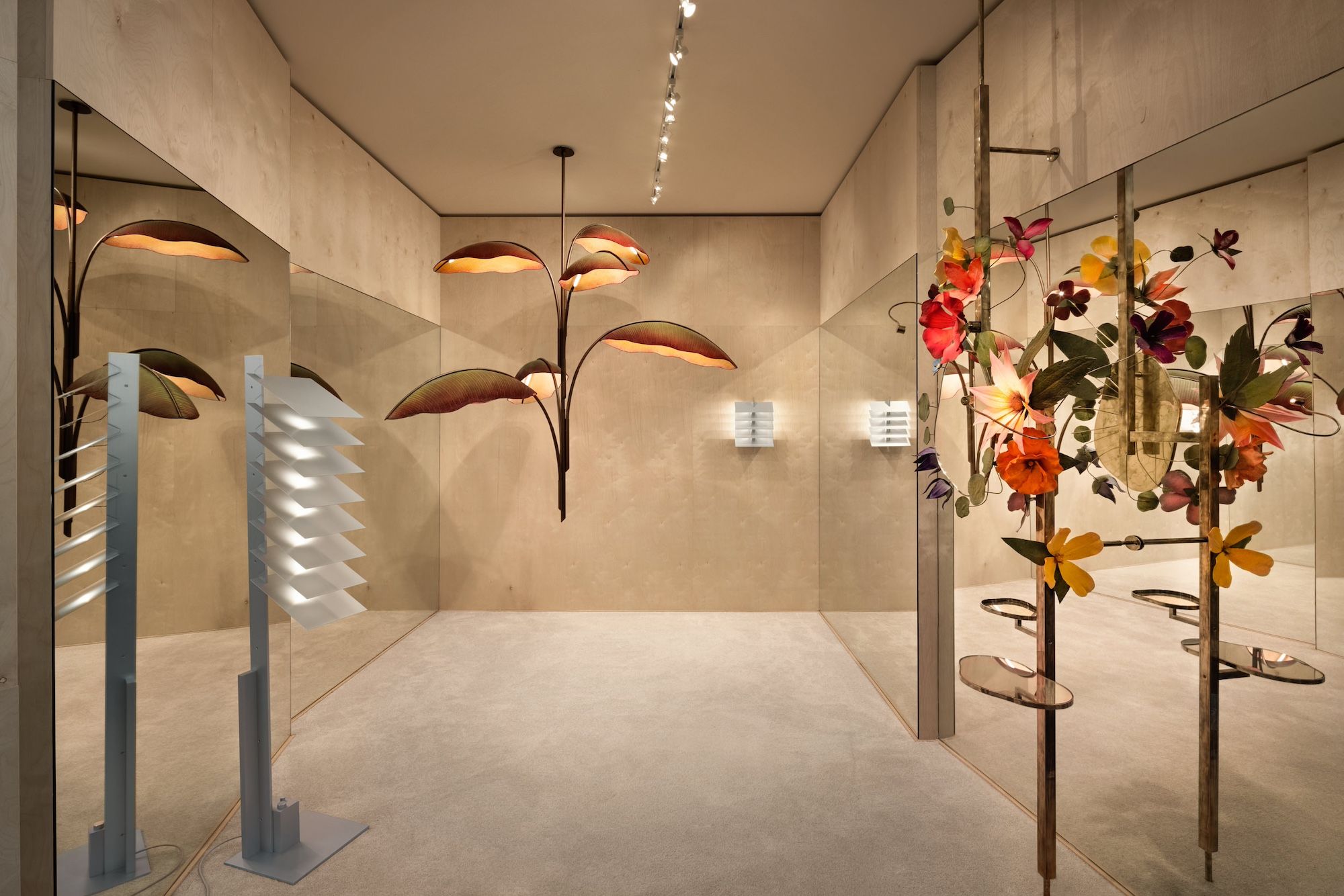
PELLE/ CURIO INSTALLATION AT DESIGN MIAMI/ 2021
Photo © PELLE
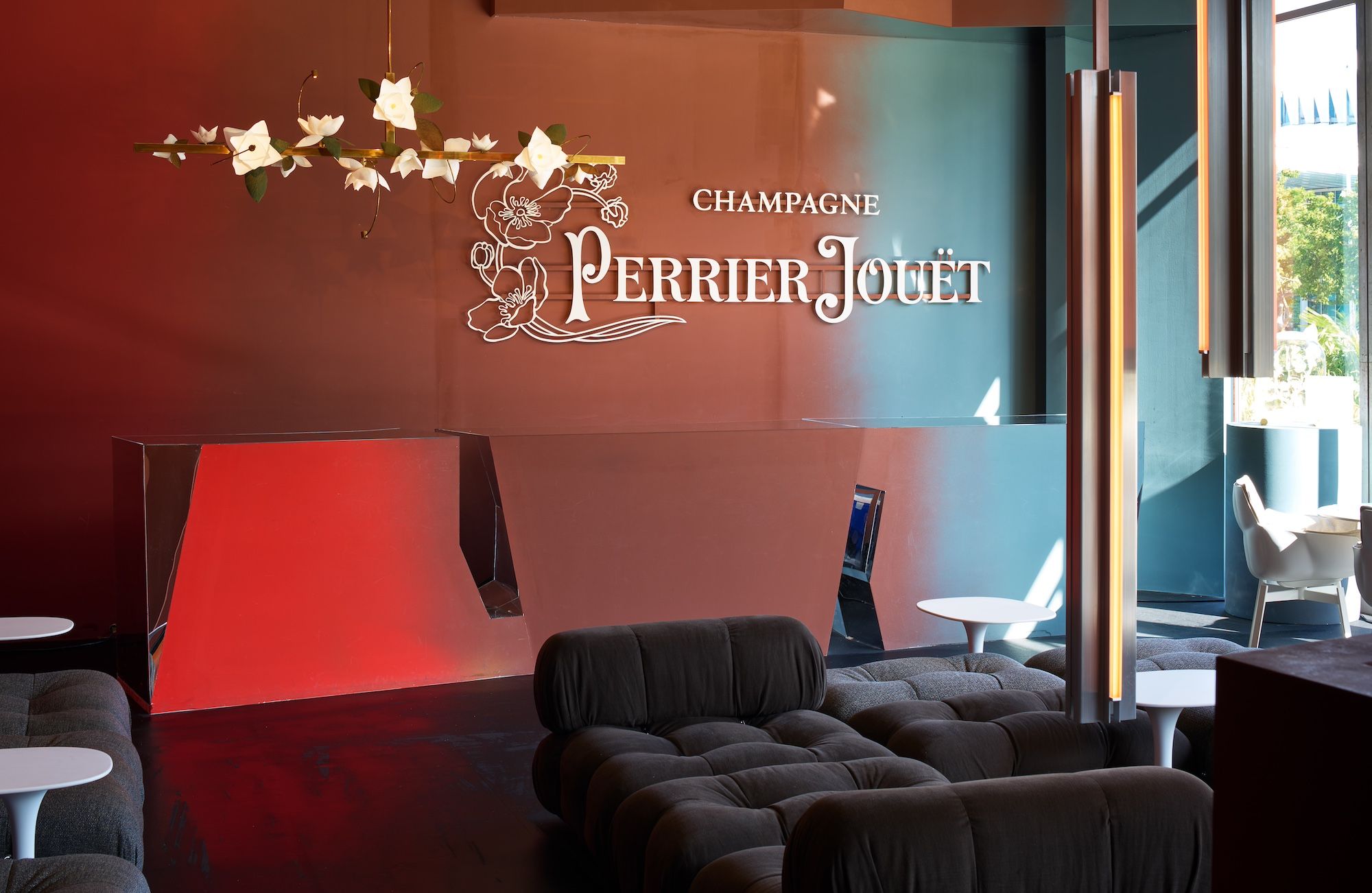
PELLE/ LIGHTING DESIGNS IN THE COLLECTORS LOUNGE AT DESIGN MIAMI/ 2023
Photo © James Harris for Design Miami
DM/As you mentioned, your designs tend to fall into two formal categories: biomorphic and geometric. What thread ties these two expressions together in your practice?
OP/If we look through the trajectory of our work, there is a certain red line in hindsight. But the longer we have worked together, the more that dichotomies—geometric versus organic, hard versus soft, machine versus hand, and so on—really do not matter in our thinking. The more one ponders concepts and how one’s works fit into conceptual categories, the more one repeats the tropes attached to those concepts. That is not helpful in the end.
Jean Pelle/We started looking at PELLE more like a collection of many ideas and concepts, rather than a studio defined by an identifiable style or a certain method of working. I think the dichotomy exists at this moment, because it’s only a snapshot in time. We’re interested in many things, and our interests keep changing in response to both internal and external forces. Each project has its own unique circumstances, which give the work a logic all its own.
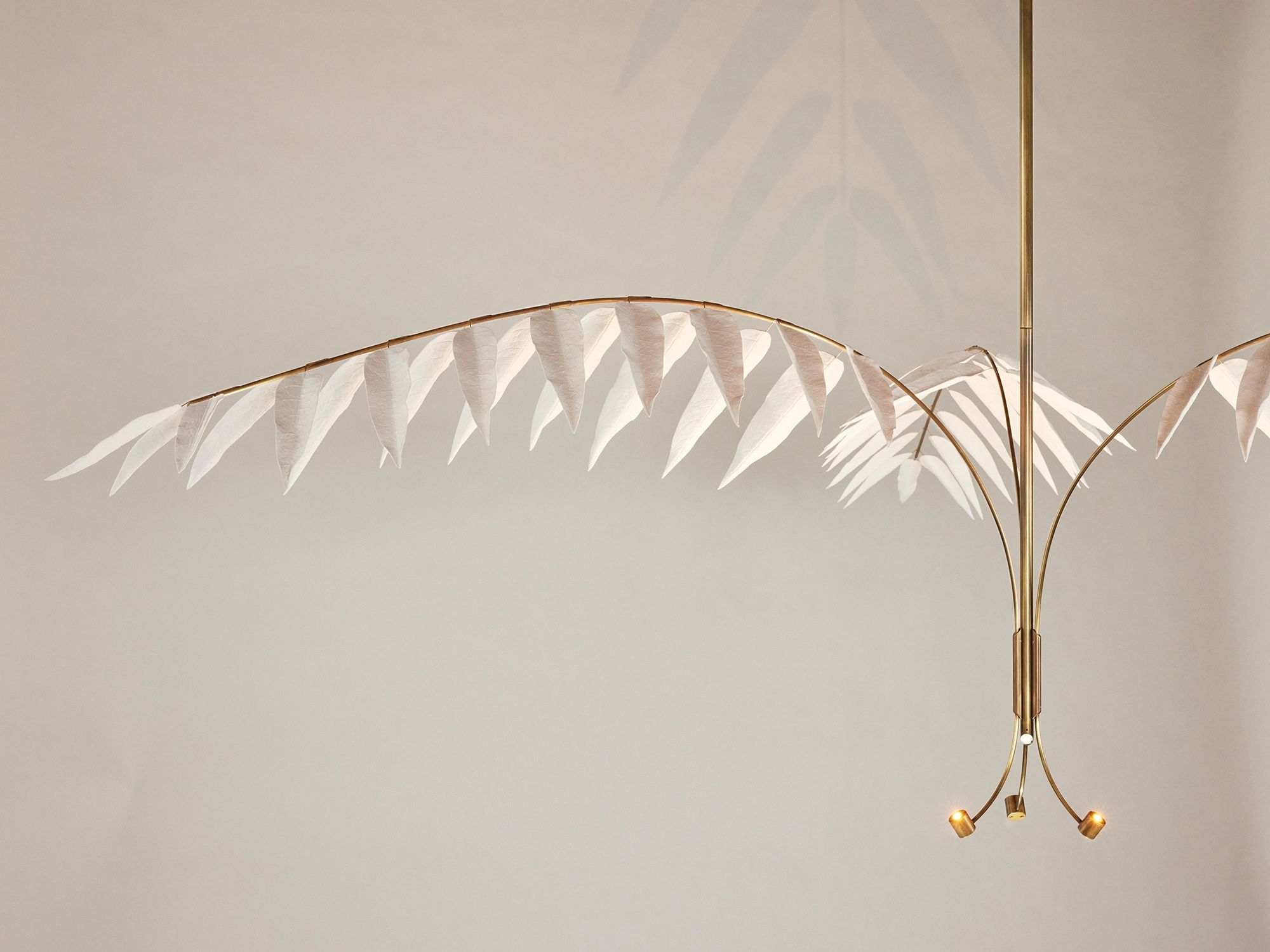
PELLE/ LURE LANTERN CHANDELIER, DESIGNED IN 2023 AND COMPOSED OF HAND-SCULPTED CAST COTTON PAPER, BRASS, AND LEDS
Photo © PELLE
DM/Let’s talk about your latest designs in more detail, focusing on those that were exhibited in the Design Miami/ Collectors Lounge last December. Tell us about the concept and production process behind the Lure Lantern series.
JP/Near our studio, we noticed a small tree that grew out of the sidewalk and through a chain-link fence. It’s a lovely and wild tree, but it’s a weed tree—an invasive species. We later discovered that these trees are hosts to the lanternfly, another terrible invasive species. Despite all of this, we found a lot of beauty in the plant's symmetry, lines, and structure. It served as a jumping-off point for the Lure Lantern, which is made with the same cast-cotton paper technique as our Lure series.
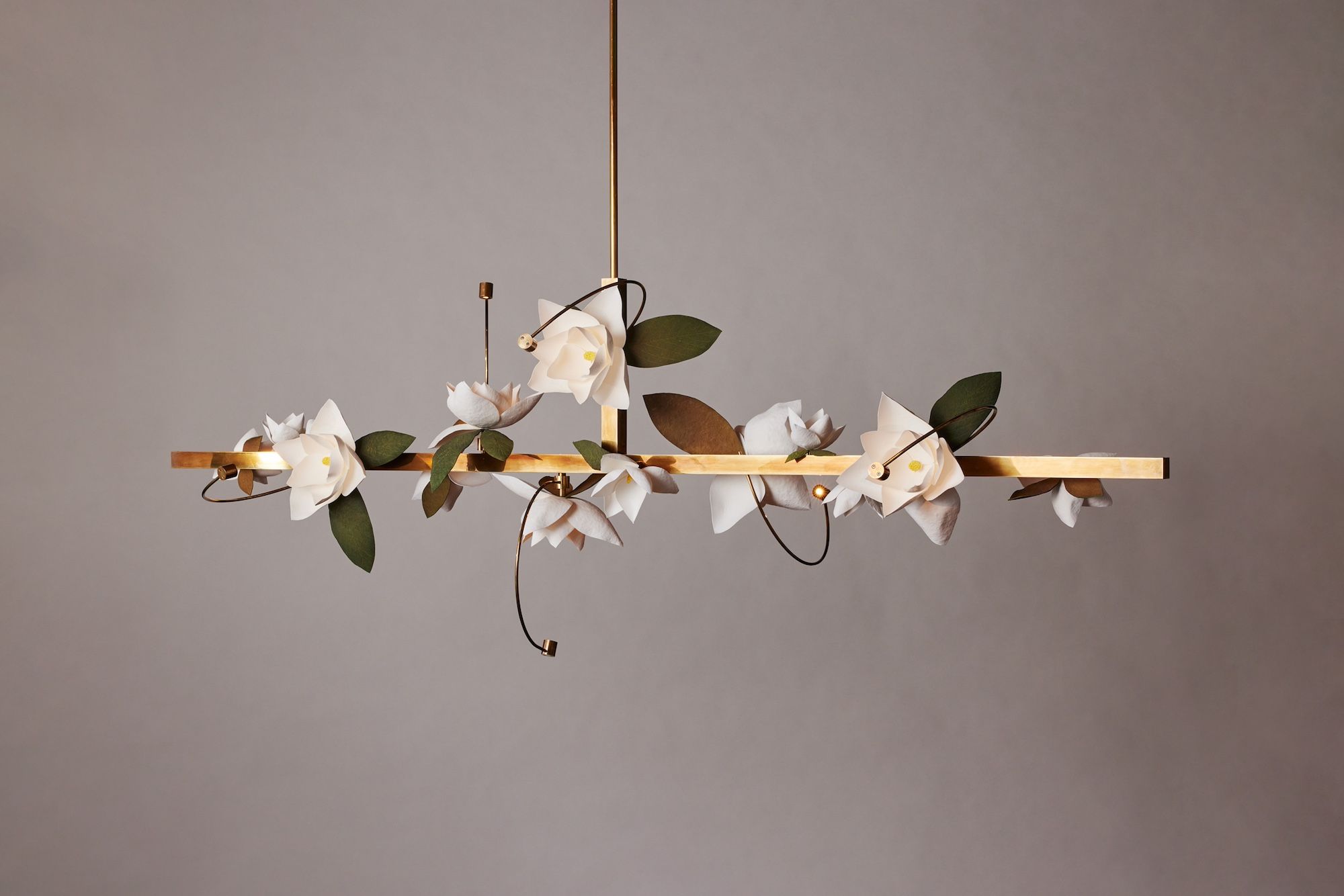
PELLE/ LURE WITH LEAVES CHANDELIER, DESIGNED IN 2023 AND COMPOSED OF HAND-SCULPTED CAST COTTON PAPER, BRASS, AND LEDS
Photo © PELLE
DM/What about the Lure with Leaves Chandelier?
JP/In 2016, we had an idea to create a lighting piece that would be about illuminating a very soft and delicate flower. It came about because lighting designs at the time, including ours, were very hard-edged, using industrial materials such as glass and metal. We wanted to create something different, an alternative with a naturalistic feeling, which we thought was missing.
We decided to make the flowers from cotton fiber, which was ideal for manipulating the form as we progressed with our design. Since developing the first Lure flower, we’ve broadened our scope to create larger casts and more colorful pieces.
The Lure With Leaves Chandelier is a special version that we created for last year’s Design Miami/ Collectors Lounge—we don’t typically have leaves surrounding the flowers. Because the light fixture was to be installed over the Perrier-Jouët champagne bar, we considered the brand’s botanical motifs. We wanted to be playful with the association and added some extra greenery.
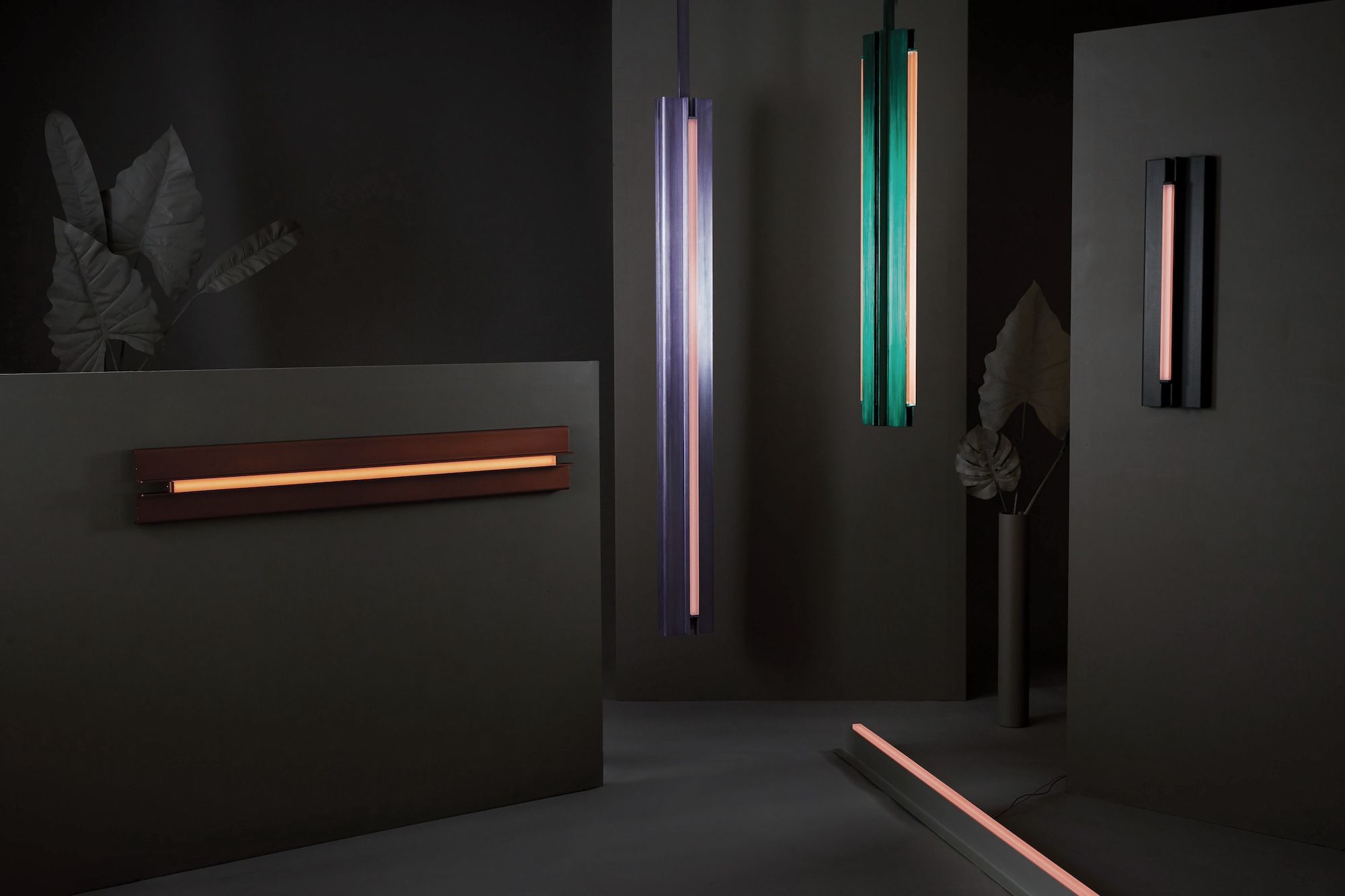
PELLE/ BEAM AND GLOW COLLECTION, DESIGNED 2018 AND COMPOSED OF HAND-STAINED AND ANODIZED ALUMINUM, CHROMATIC RESIN, LENSES, AND LEDS
Photo © PELLE
DM/Tell us about the concept and production process behind your Beam and Glow collection.
OP/We tend to respond to our work internally quite a lot. After showcasing a collection with flowers as a main motif, we liked the idea of developing a very minimal vocabulary next. We often have art references in the back of our minds, and the works of Dan Flavin and Minimalist art in general have always had a part in our thinking.
We launched the Beam and Glow collection in May 2018. It was the first time we used precision-bent aluminum to construct our lights. We were feeling a bit tired of brass, which was so prevalent at the time.
The shape of the Beam and Glow lights became a study in proportion and color using only two elements: the light beam and the aluminum panels that contain it. The collection had to have the least amount of detail so it could assert itself as a sculptural element in a space—maybe even in place of art. No visible screws nor fasteners.
At the same time, it needed to be more than just a sconce or pendant that illuminates the space. We used colored resin lenses to give a tinge of color to the light emanating from the fixture. The light itself had to be a fundamental part of the piece. Beyond anodizing, we were interested in giving the aluminum panels a more vibrant color and began hand-staining the metal to complement the colored light. We really like the lights’ architectural feel and the way they mimic structural elements.
The pendants in waxed, hand-brushed aluminum that we showed at Design Miami/ 2023 always reminded us of the columns at the Villa Tugendhat by Mies van der Rohe.
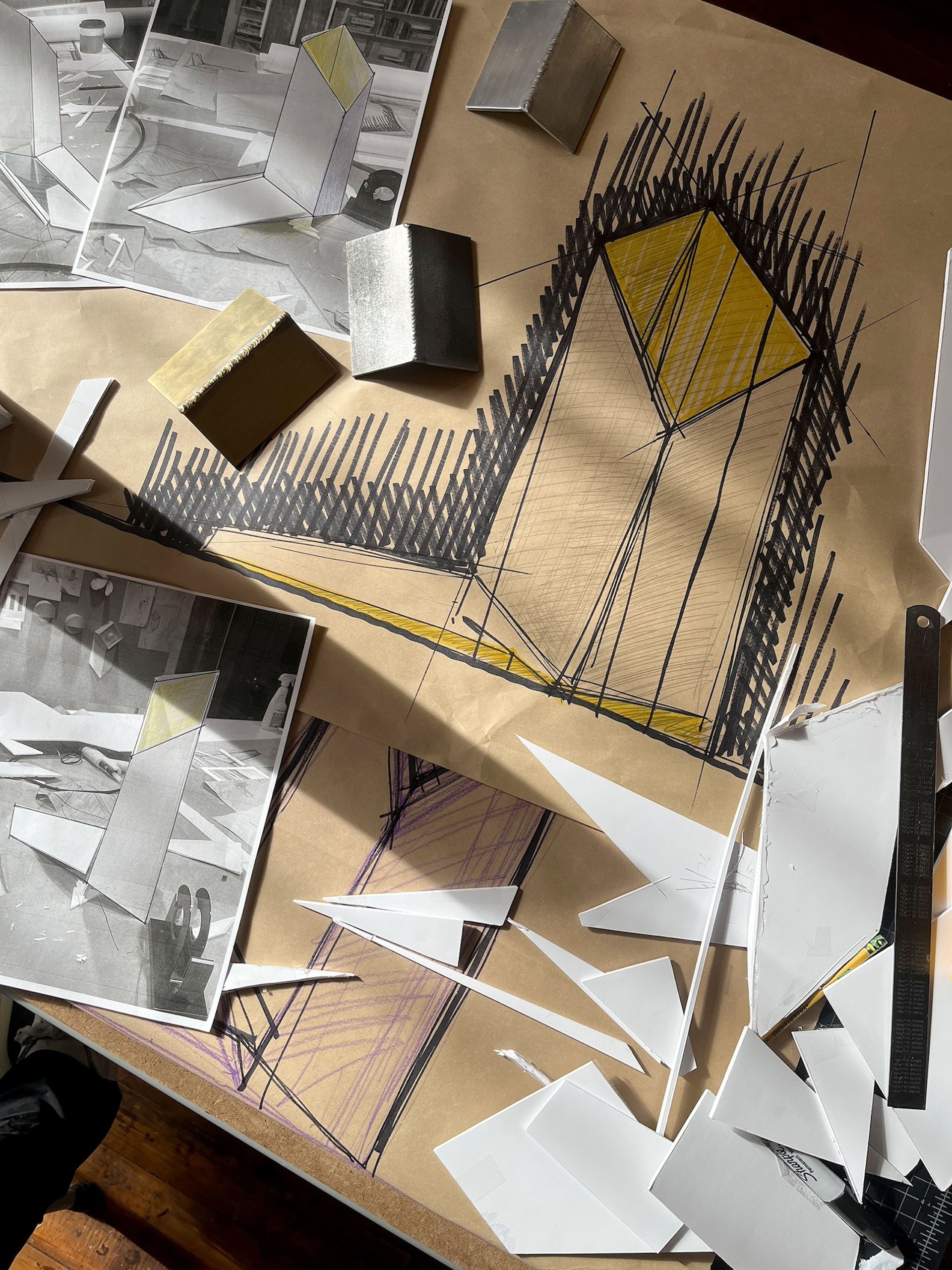
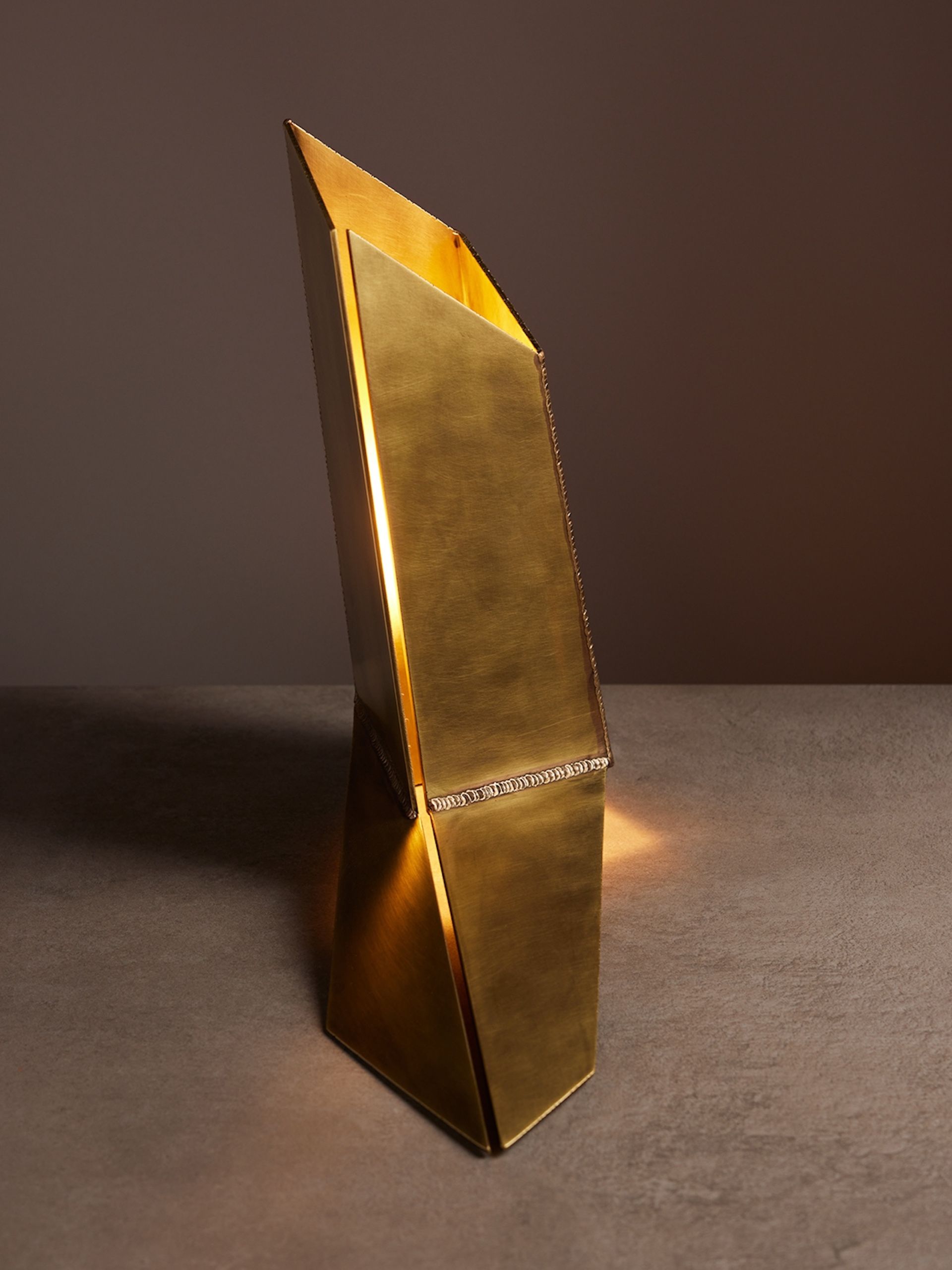
PELLE/ STEREOM TABLE LAMP, DESIGNED IN 2023 AND COMPOSED OF BRASS
Photos © PELLE
DM/One more design was included in the Collectors Lounge, your Stereom Table Lamp. Tell us about it.
OP/The name Stereom references stereometry, the science of measuring solid bodies. Throughout most of architectural history, stonemasons were at the forefront of projective geometry. They had to devise ways to unfold three-dimensional, complex geometries into 2D drawings, to cut stone blocks and build the forms.
For the Stereom Table Lamp, we overlapped this idea of projection with shadows and how they redefine simple shapes into ever-changing oblique geometries. The form of the lamp stems from these distortions, where the body and its shadow are unified into one form without making a distinction between the two.
It started with a sketch, which we redrew at a 1:1 scale. We then used the drawing to build a full-scale foam-core model. Building full-scale models allows us to make continuous changes in real time and space. The model then became the blueprint for making the lamp from brass plates. We chose to leave the welds as a decorative trace rather than grinding it all back to achieve some idea of perfection.
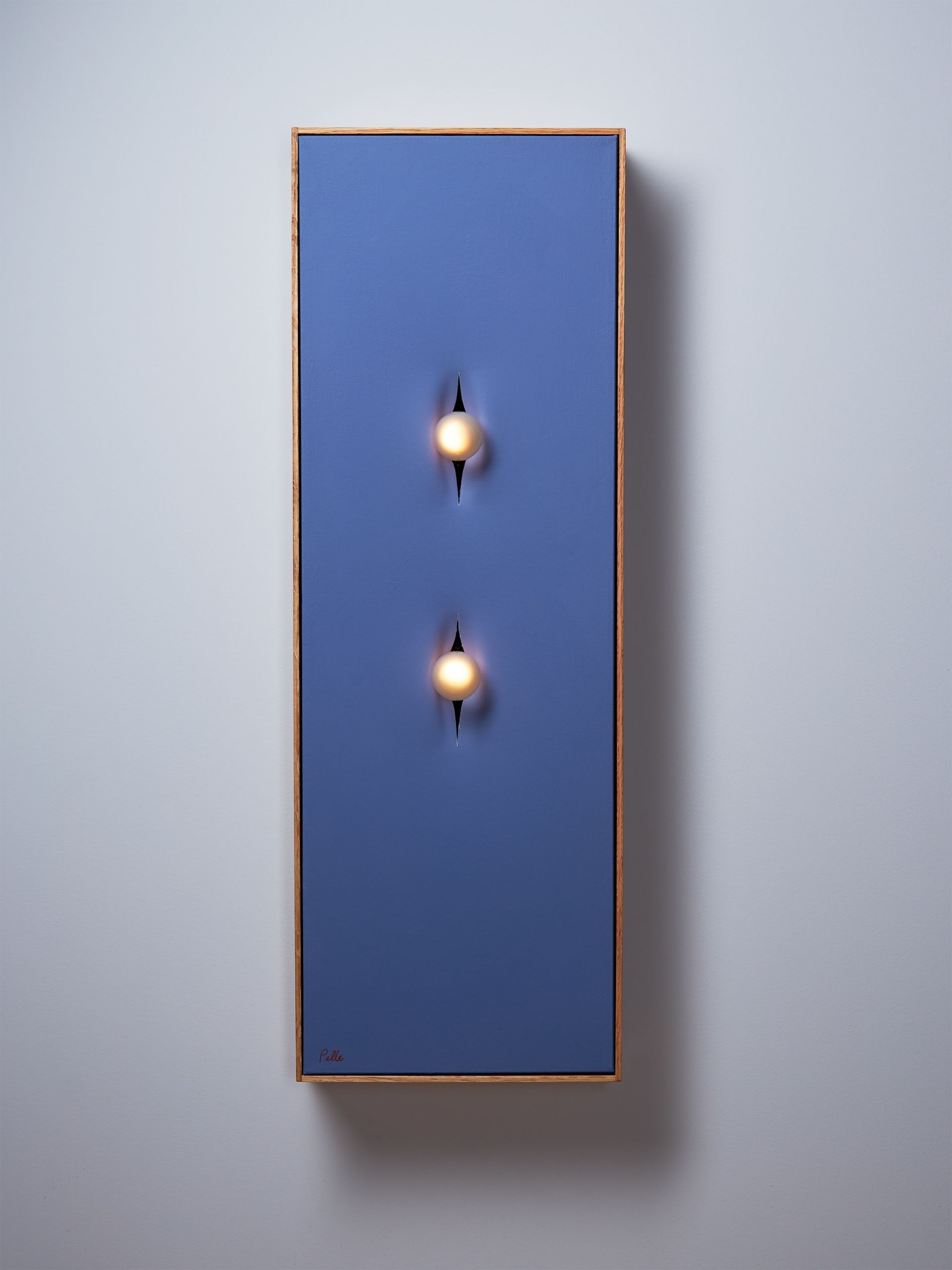

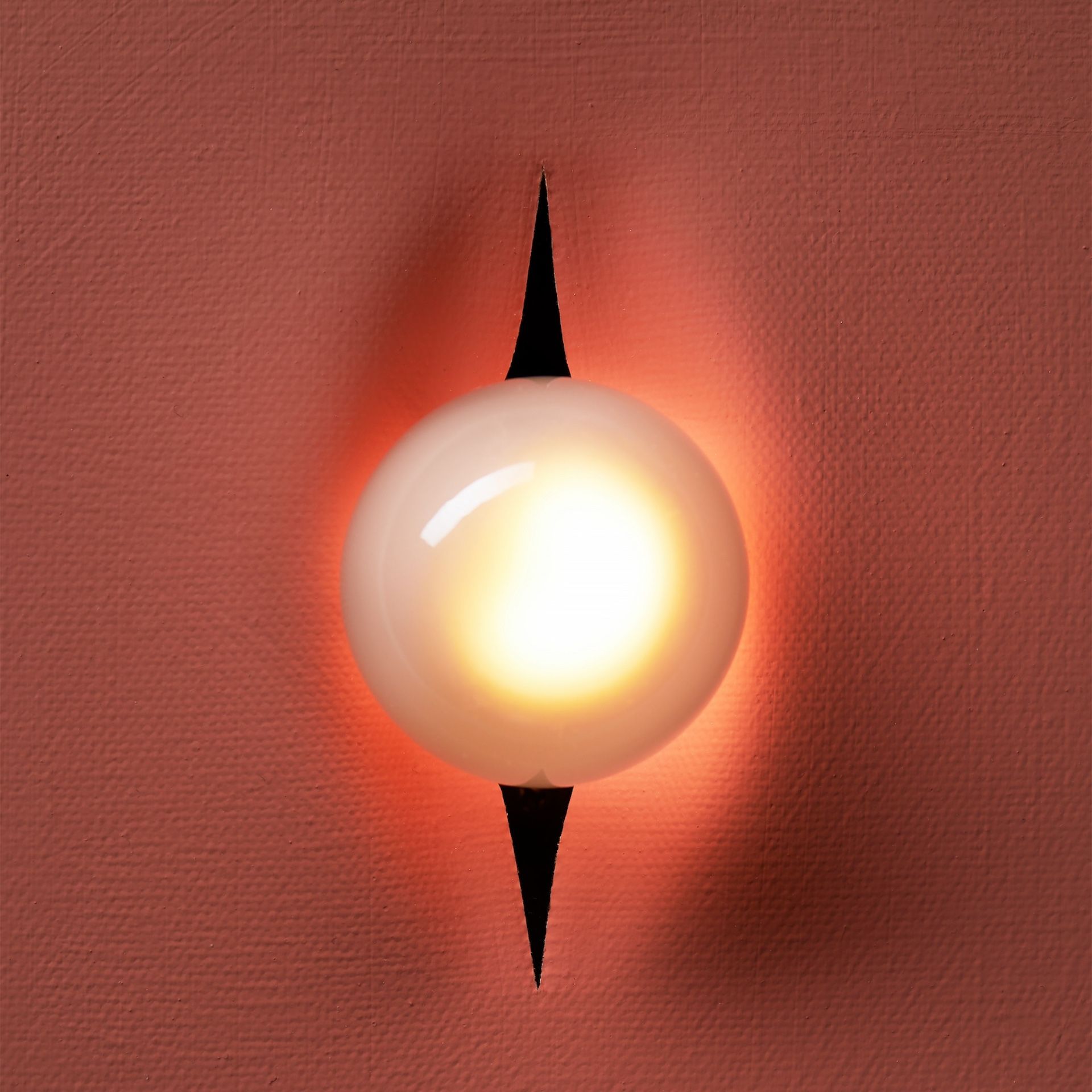
PELLE/ INCISE PAINTINGS
Photos © PELLE
DM/We love your Incise Paintings that we’ve seen on Instagram! As big Lucio Fontana fans, we were immediately delighted by them. What’s the story behind this series?
OP/It is a somewhat funny story. Back in 2018, our studio had a strange and unsightly opening into the freight elevator shaft, which kept bugging us. At some point, we thought of creating a color field painting to cover it and bought a canvas just the right size.
When the painting was finished, Jean wondered why not turn it into a light fixture by sticking bulbs into it. So she made a few cuts into the canvas. Of course, Fontana came to mind right away, and we were maybe a little shy initially about making such a linear translation. But we enjoyed the humor in it as well.

PELLE/ BE PATIENT, DESIGNED IN 2019 AND COMPOSED OF HAND-FINISHED AND ANODIZED ALUMINUM
Photo © PELLE
DM/Do you have new plans or projects on the horizon that you can share?
OP/Our showroom here is our first testing ground for most ideas, but it is good to have deadlines. We are gearing up to present new work during New York Design Week in May. We will be showing a range of work that explores Jean’s developing ideas on painting with lighting and furniture objects. As we are still working on how this will look, that is about as detailed as we are able to be at the moment.
DM/What are your hopes for 2024?
JP/Every day, we have a lot of discussions about the work at hand. We sit across from each other at our desks in the studio and are in constant conversation. It’s a bit of overanalyzing and taking things apart inside and out and looking at it from all angles, but it’s interesting for us to dissect the various parts with one another. There can be a lot of emotional ups and downs and a lot of grueling effort in parsing out the various outcomes. My hope is that we remember that everything is foundational. If you stay the course, it will be worth doing the work.
DM/Thank you, Jean and Oliver!
